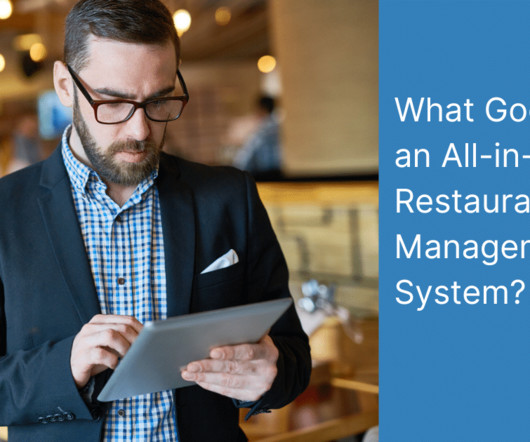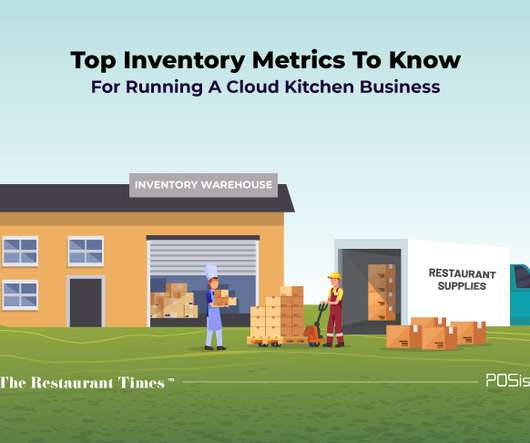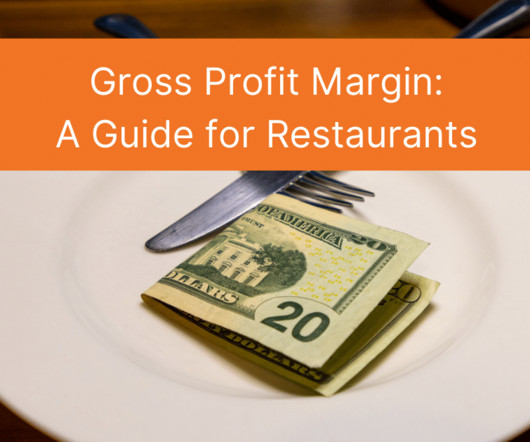The Tech Revolution Reshaping the Restaurant Experience
Modern Restaurant Management
FEBRUARY 28, 2024
Whether it's the utilization of AI-driven analytics to elevate menu design or the precision of robotics transforming kitchen operations, a new era in dining is taking shape. Adopting local procurement underscores freshness, while expanded menu selections cater to diverse dietary preferences.












Let's personalize your content